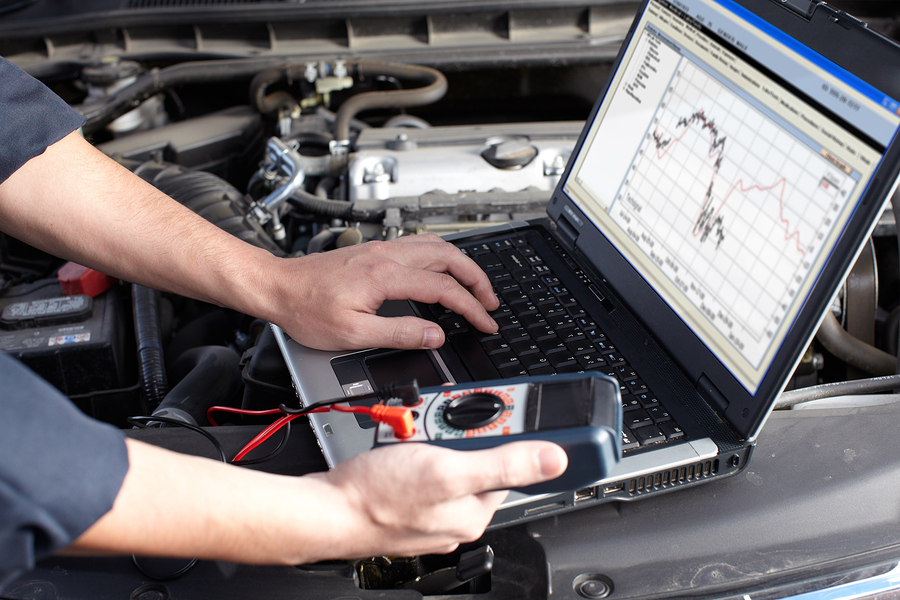on board diagnostic system
|
Onboard Diagnostic Systems (OBDs) is a crucial component of the modern automotive vehicle. OBDs act as an electronic monitoring system for your engine, providing diagnostic data and helping technicians to identify potential problems or malfunctions quickly and efficiently.
What is Onboard Diagnostics? OBD stands for Onboard Diagnostics, and it is a computerized system in your car that continuously measures and monitors the performance of various components such as spark plugs, fuel injectors, catalytic converters, etc. The information collected by the OBD can help you diagnose and identify potential problems in the car's engine management systems. How Does it Work? The OBD system is connected to several sensors in the vehicle's engine. These sensors collect data and send it to the OBD computer, which interprets it and identifies performance-related issues. The OBD system can also detect mechanical faults or improper functioning of individual components, such as spark plugs or fuel injectors. OBD Protocols The information collected by the OBD is transmitted through an OBD protocol. Different vehicle manufacturers use other protocols for their onboard diagnostic systems. Commonly used protocols include CAN (Controller Area Network), J1850 (Jaguar/Ford), ISO 15765 (ISO 9141-2), and KWP2000 (Key Word Protocol 2000). How to Fix an OBD System Check? If the OBD system detects any performance-related issues with your vehicle, it will alert you and provide a diagnostic code. You should first identify the diagnostic code by consulting your car's manual or an online resource like AllDataDIY to diagnose and fix this issue. Once you know the code, you can troubleshoot the problem by referring to appropriate repair manuals. What Type of OBD is My Car? You can find out what type of OBD system is installed on your vehicle by checking its owner's manual or consulting a reputable automotive parts dealer. Commonly used OBD systems include CAN (Controller Area Network), J1850 (Jaguar/Ford), and ISO 15765 (ISO 9141-2). Knowing the type of OBD system installed in your vehicle will help you obtain compatible diagnostic equipment and troubleshoot any issues quickly. Benefits: 1. Improved safety: OBD systems help identify and diagnose potential safety hazards quickly, allowing necessary repairs or adjustments to be made as soon as possible. 2. Cost-saving: OBD systems can detect mechanical faults or other performance-related issues early on, reducing the overall repair cost. 3. Reduced emissions: By helping to identify problems with fuel injection or other components, an OBD system helps reduce harmful emissions from your vehicle. 4. Enhanced performance: OBD systems can also detect any changes in engine performance and alert you when it's time to service your car. This helps ensure that your vehicle is always running at its optimal level. 5. Real-time data collection: The data collected by an OBD system can be used to track and monitor your vehicle's performance in real-time, allowing for more accurate diagnosis and faster repairs. 6. Improved accuracy: OBD systems provide greater accuracy when diagnosing issues compared to traditional manual methods. 7. Easy installation: Onboard diagnostic systems are relatively easy to install and require minimal maintenance. Onboard Diagnostic Systems is a critical component of today's automotive vehicles. These systems collect data from several sensors in the car's engine and then alert the driver to any potential malfunctions or performance-related issues. Understanding how OBD works, knowing what type of OBD system is installed on your car, and learning how to fix an OBD system check is essential for proper vehicle maintenance. At Elkhart Mechanics, we can diagnose and fix any problems with your Onboard Diagnostic System quickly and efficiently. Contact us for more information about our services or to book an appointment. |
|

